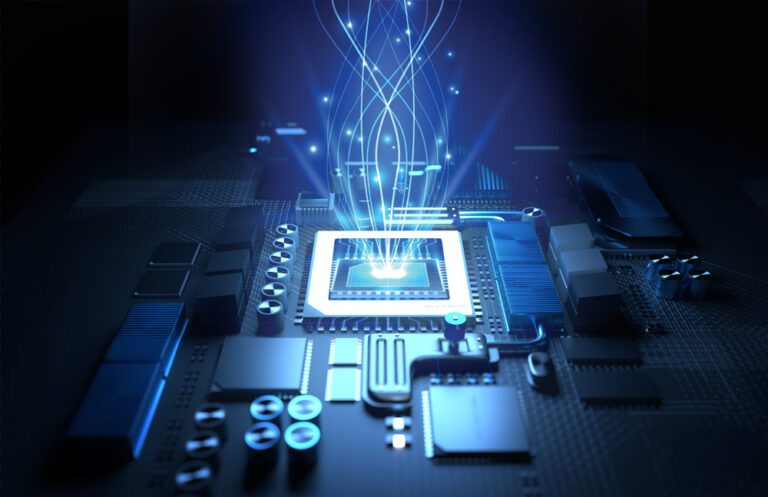
They understood that the conflict stemmed from the necessity to design a chip that could deliver exceptional performance without straining energy resources or contributing to environmental degradation.

The conflict emerged as the engineers grappled with the complexities of compatibility. They realized that each application and device had its unique specifications, requirements, and interfaces.

The challenge lay in subjecting AetherX to a comprehensive battery of tests that could simulate a wide range of operating conditions.

Ensuring that every transistor, every connection, and every layer of the chip aligned with the design's intent proved to be a formidable challenge.

The conflict emerged as the engineers realized that excessive power consumption could limit AetherX's practicality in battery-powered devices and edge computing scenarios. They understood that striking the right balance between performance and energy efficiency was pivotal to ensure AetherX's widespread adoption.

The team at MicroTech Innovations recognized the critical importance of fortifying AetherX against cyber threats. They understood that as a powerful VLSI chip, AetherX's applications would span critical industries, making it a high-value target for potential attackers.

The team at MicroTech Innovations faced a crucial challenge: optimizing AetherX's software stack to unlock its true potential. They understood that a powerful VLSI chip like AetherX could only deliver transformative results when coupled with efficient and tailored software algorithms.

The team at MicroTech Innovations faced a critical challenge concerning AetherX's thermal resilience. As the chip's processing power soared, so did the heat it generated during resource-intensive AI computations. The engineers realized that thermal issues could not be overlooked, as overheating could lead to performance degradation and even hardware failures.

As AetherX's broad applications unfolded, the team faced a new challenge: ensuring optimal power management without compromising its performance. In Act 1, the engineers recognized that the chip's incredible processing capabilities demanded a robust power management solution to prevent excessive energy consumption and thermal issues.

In the bustling engineering lab of MicroTech Innovations, the visionary engineers gathered around a whiteboard, eager to explore groundbreaking ideas. Alex, a brilliant young designer, could hardly contain his excitement as he presented his vision for a new VLSI chip called “AetherX.” He believed that this chip could revolutionize the field of artificial intelligence, making AI more powerful and accessible.










